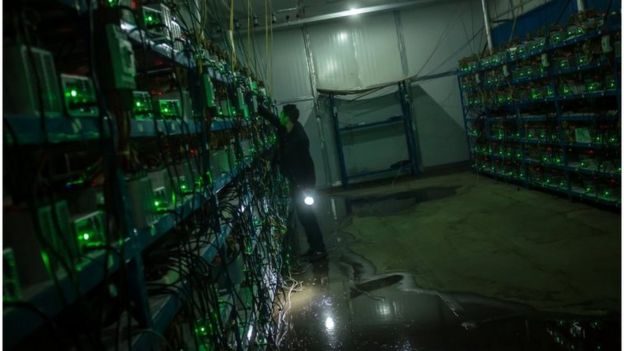New Robotic System Can 3D Print Entire Buildings
MIT scientists have designed a classy robotic system that can 3D capture on film the fundamental structure of an full home, an progress that would make building houses a faster, less expensive process.
The building could besides be far and wide customised to the needs of a at variance site and the desires of its maker.
Even the social structure could be modified in new ways, researchers said.
Different materials could be incorporated as the process goes along, and material density could be varied for optimum combinations of strength, insulation, or other properties.
“Ultimately, this approach could enable the design and construction of new kinds of buildings that would not be feasible with traditional building methods, said Steven Keating, from Massachusetts Institute of Technology (MIT) in the US.
The system consists of a tracked vehicle that carries a large, industrial robotic arm, which has a smaller, precision-motion robotic arm at its end.
This highly controllable arm can then be used to direct any construction nozzle, such as those used for pouring concrete or spraying insulation material, as well as additional digital fabrication end effectors, such as a milling head.
Unlike typical 3D printing systems, most of which use some kind of an enclosed, fixed structure to support their nozzles and are limited to building objects that can fit within their overall enclosure, this free-moving system can construct an object of any size.
The researchers used a prototype to build the basic structure of the walls of a 50-foot-diameter, 12-foot-high dome – a project that was completed in less than 14 hours of “printing” time.
For these initial tests, the system fabricated the foam- insulation framework used to form a finished concrete structure.
This construction method, in which polyurethane foam molds are filled with concrete, is similar to traditional commercial insulated-concrete formwork techniques.
The program can be adapted to existing building sites and equipment, and that it will art an adjunct of existing apartment codes without requiring whole dressy evaluations, Keating explains.
Ultimately, the system is intended to be self-sufficient, researchers said.
It is equipped with a scoop that could be used to both prepare the building surface and acquire local materials, such as dirt for a rammed-earth building, for the construction itself. The whole system perhaps operated electrically, at some forever and a day timetually powered by solar panels.
The idea is that a well known systems could be deployed to remote regions, for example in the developing world, or to areas for disaster relief after a major storm or earthquake, to provide durable shelter rapidly.
The ultimate vision is “in the future, to have something totally autonomous, that you could send to the moon or Mars or Antarctica, and it would just go out and make these buildings for years,” said Keating.
The research as published in the journal Science Robotics.














0 comments: